The return of the all-rounder: how riders are becoming more versatile
Could we see a return of riders targetting races outside their specialities?
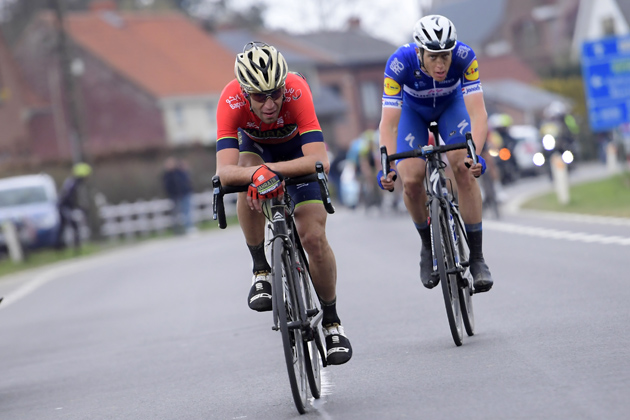
Vincenzo Nibali and eventual race winner Niki Terpstra during the 2018 Tour of Flanders. Photo by Yuzuru Sunada
One of the main things that distinguishes the modern era of pro cycling for the past is that of increased specialisation.
The greats of yesteryear like Fausto Coppi, Eddy Merckx and Bernard Hinault would star across multiple disciplines, competing in the wide variety of stage races and Classics the calendar has to offer without feeling the need to sacrifice one at the expense of focussing exclusively on another.
>>> Nature or nurture? What makes you the rider you are?
Then came the nineties and the advent of lead-out train and pure sprinters like Mario Cipollini, multiple Grand Tour winners like Miguel Indurain who would go his whole career without winning a Monument, and one-day specialists like Johan Museeuw who would excel in one type of Classics but not the others.
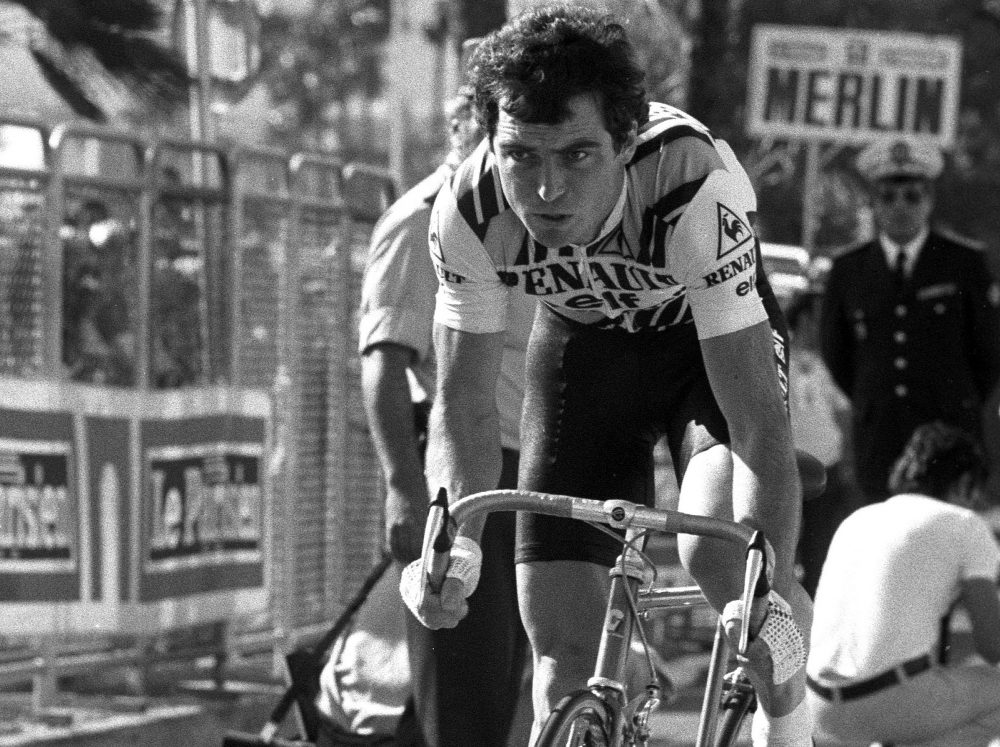
But are there signs indicating that this trend is slowly reversing, and riders are becoming more well-rounded again?
Last weekend’s Amstel Gold Race was notable for just how many riders more associated with the cobbled Classics opted to ride. Usually these riders opt out to make way for another set of hilly Classics specialists, but this year all of the top six from Paris-Roubaix the week before were present.
The fact that the winner of Amstel Gold, Michael Valgren, had earlier in the season also triumphed at the cobbled Classic Omloop Het Nieuwsblad, proves that it is possible for a rider to win in both disciplines. In fact, it is becoming increasingly common - Philippe Gilbert did the same last season at the Tour of Flanders and Amstel Gold, while Michal Kwiatkowski has won both E3 Harelbeke and Amstel Gold in recent years.
Get The Leadout Newsletter
The latest race content, interviews, features, reviews and expert buying guides, direct to your inbox!
Prior to these riders, you have to go all the way back to Michele Bartoli in the early noughties to find the last example of someone winning both a cobbled and Ardennes Classic in their career, and to Frank Vandenbroucke in 1999 for the last to do so in the same season.
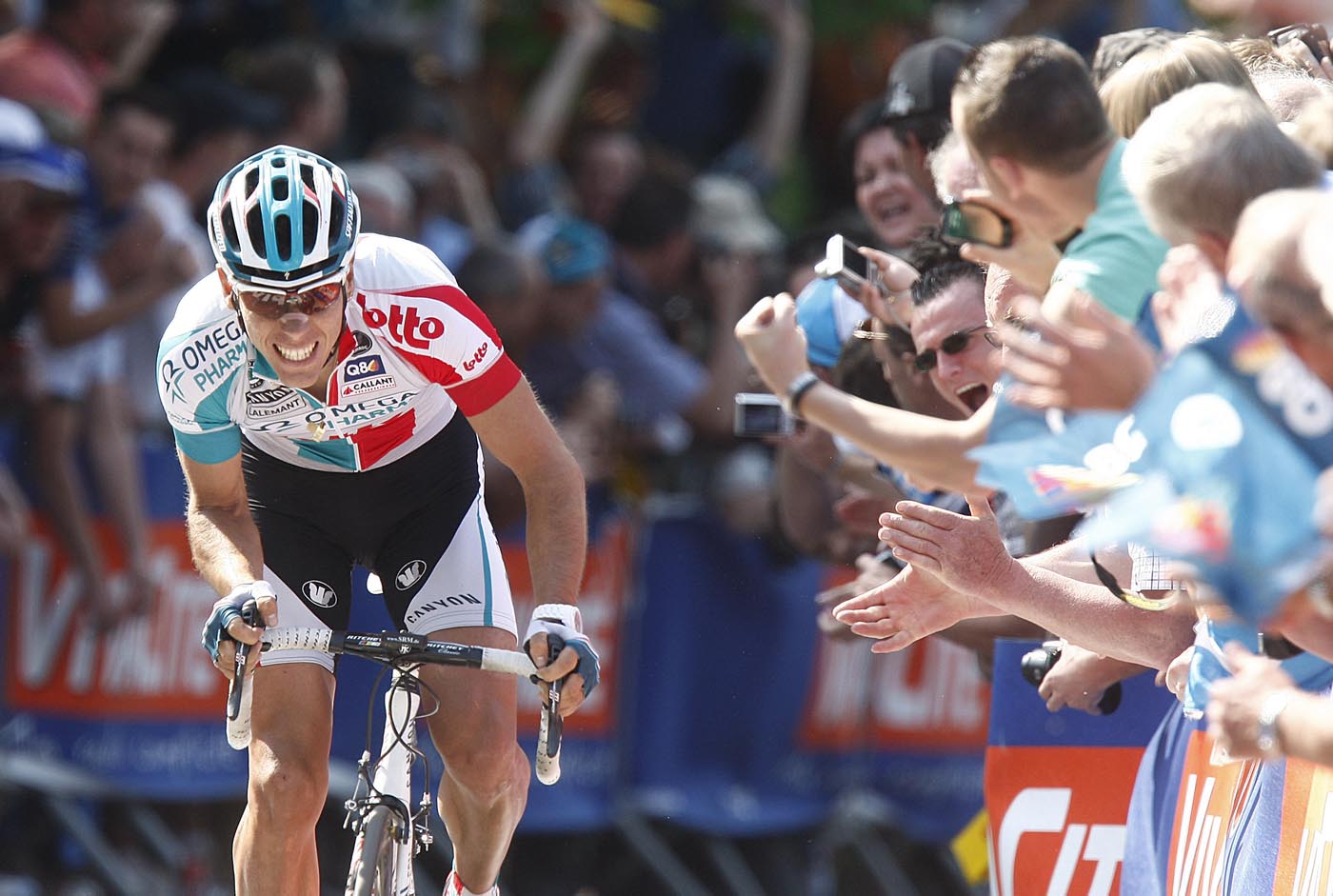
Gilbert’s career trajectory is the best illustration of how things appear to be changing. As a young rider, the Wallonian showed promise in both the Ardennes and Northern Europe, but in his peak years began to sacrifice the latter in order to dominate the former. For the last two seasons, however, he has opted to include both types of Classics into his spring schedule, and has been successful in doing so.
Gilbert has even stated his intention of becoming the first rider since Roger De Vlaeminck in the 1970s to win all five Monuments.
No rider has even got close to doing so since Sean Kelly won four in the 1980s, and until recently such a feat seemed unthinkable.
But the modern peloton is now full of quality all-rounders capable of at least making an attempt - in addition to Gilbert, the aforementioned Kwiatkowski has the talent and the versatility; Greg Van Avermaet, if he targets the hillier races as he did the Rio Olympics; and, of course, the great Peter Sagan.
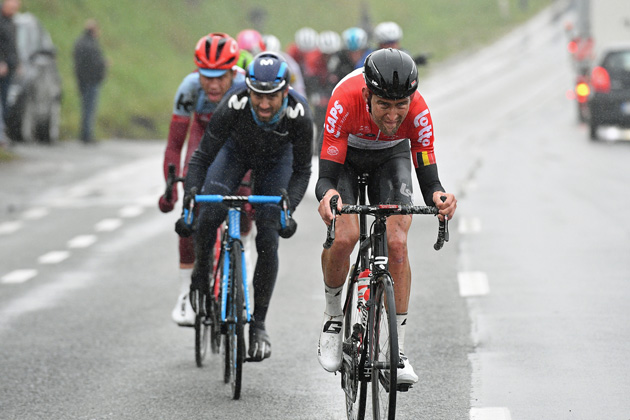
Since winning Milan-San Remo in March, Vincenzo Nibali has also talked about targeting all five, and has the added distinction of being primarily a Grand Tour contender.
Watching a former Tour de France winner like him charging over the cobbles and playing a key role on his debut Tour of Flanders a few weeks ago is something we haven’t seen for decades, and yet he’s not been the only Grand Tour specialist to broaden his horizons this spring. Alejandro Valverde took to the cobblestones like a duck to water at Dwars door Vlaanderen, while Romain Bardet was the surprise package of Strade Bianche, finishing second on the race’s unique dirt roads.
Although many of these appearances were motivated by the inclusion of a cobbled stage in this year’s Tour de France route, the fact they performed so well may encourage them to return, and potentially set a precedent for other riders to line-up in a more diverse set of races.
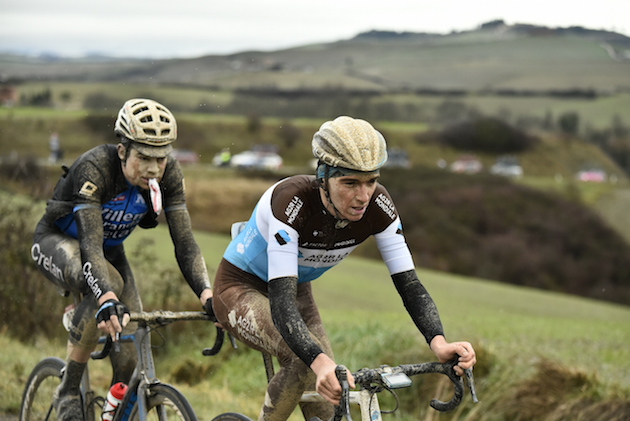
Many of the hottest young prospects touted as the next generation of stars are notable for their all-round ability. 24-year old Tiesj Benoot looks equally dangerous on the hills as he does on the cobbles, and made the top-20 of last year’s Tour de France; 23-year old Gianni Moscon last year achieved the rare feat of making the top five at the two most diverse Monuments, Paris-Roubaix and Il Lombardia, as well as climbing with the best at La Vuelta; and 21-year old Egan Bernal is capable of winning mountains top finishes, time trials and sprints.
In the recent past, they would have been advised to limit themselves to specialising in particular disciplines. Now, perhaps not.

Thank you for reading 20 articles this month* Join now for unlimited access
Enjoy your first month for just £1 / $1 / €1
*Read 5 free articles per month without a subscription

Join now for unlimited access
Try first month for just £1 / $1 / €1
Stephen Puddicombe is a freelance journalist for Cycling Weekly, who regularly contributes to our World Tour racing coverage with race reports, news stories, interviews and features. Outside of cycling, he also enjoys writing about film and TV - but you won't find much of that content embedded into his CW articles.
-
 FDJ-Suez, SD Worx-Protime, Lidl-Trek confirmed for Tour of Britain Women as strong list of teams announced
FDJ-Suez, SD Worx-Protime, Lidl-Trek confirmed for Tour of Britain Women as strong list of teams announced18 teams set to take part in four-day WorldTour stage race
By Tom Thewlis
-
 Cyclists could face life sentences for killing pedestrians if new law passed in England and Wales
Cyclists could face life sentences for killing pedestrians if new law passed in England and WalesReckless cycling currently carries a maximum two-year jail term
By Tom Thewlis